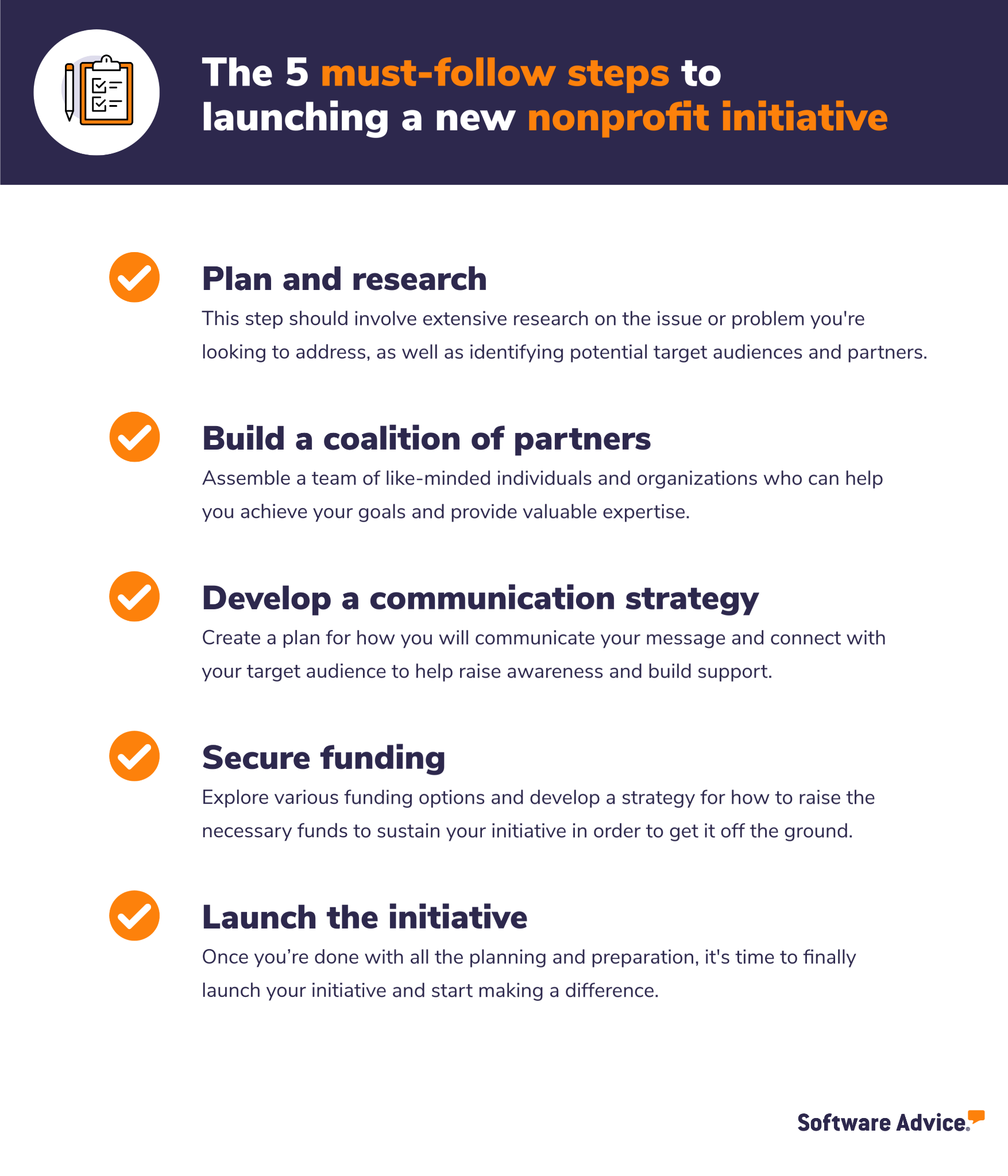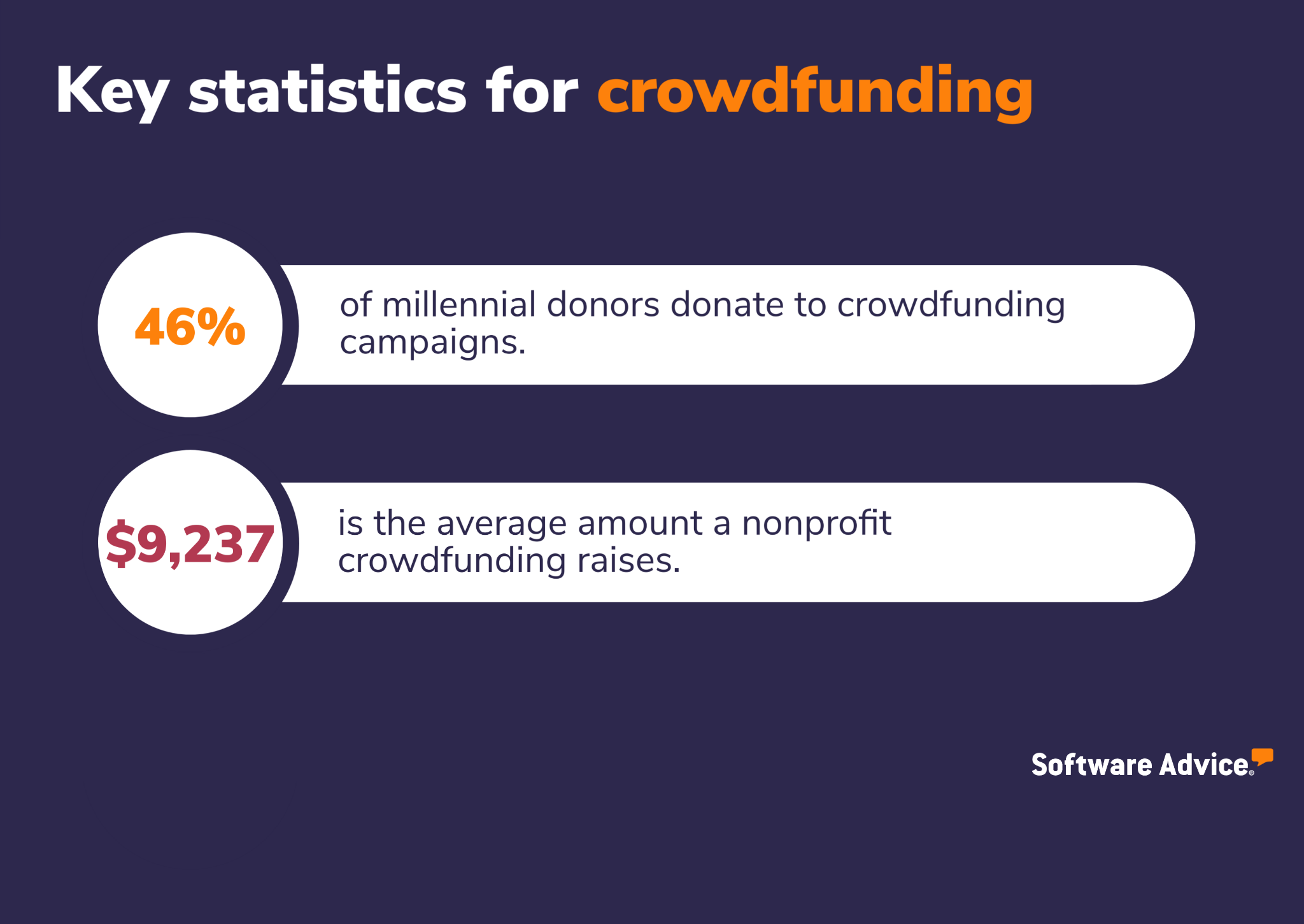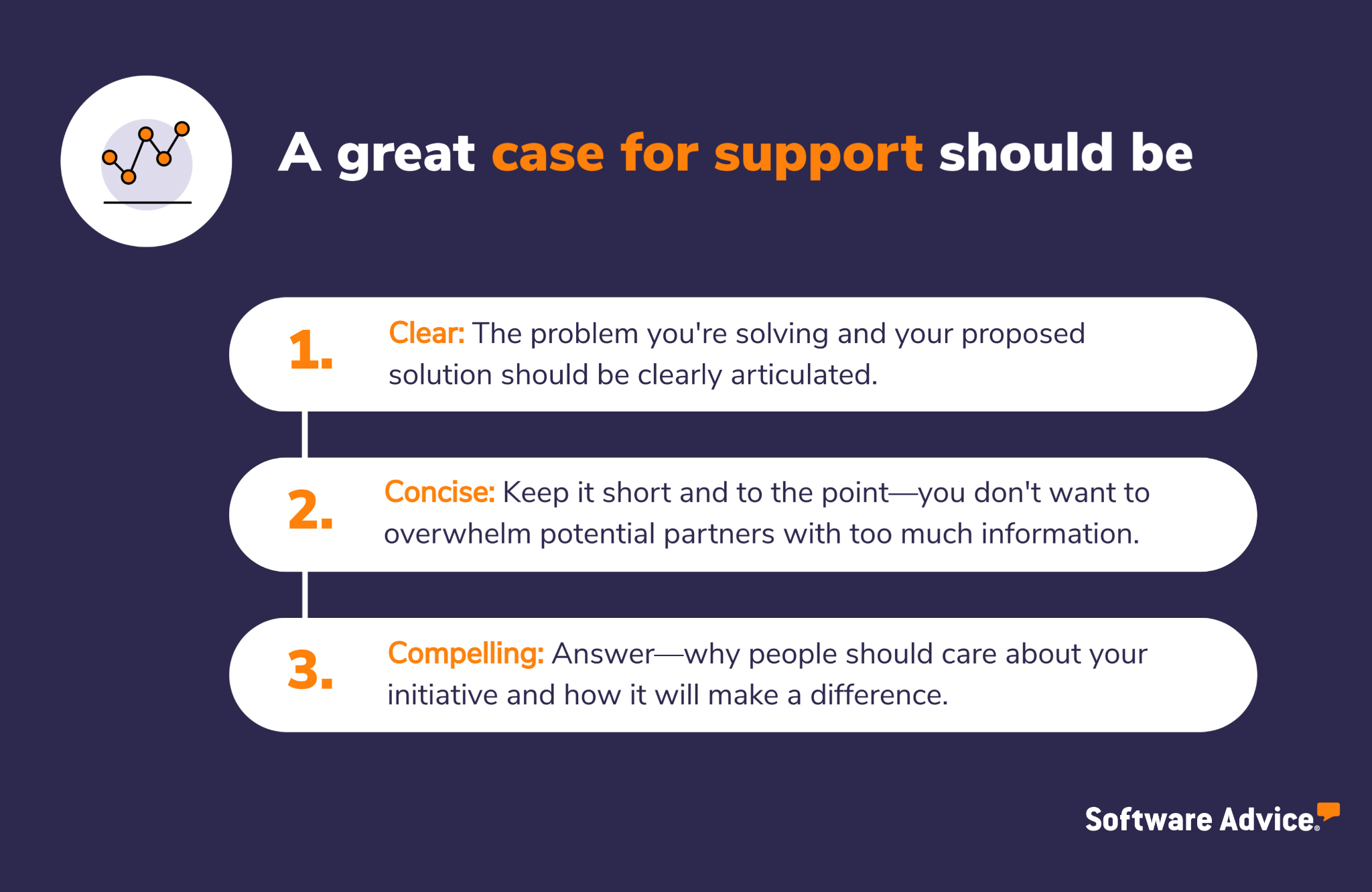How To Launch a Nonprofit Initiative: A Guide for Success
What does it take to launch a new nonprofit initiative and make it successful?
This question often bugs nonprofit organizations. Why? Because starting a new nonprofit initiative can be incredibly challenging. As a current or potential founder of a new nonprofit, you know that devotion to a cause alone won’t ensure success. There’s a lot to consider before launching your nonprofit initiative—legal hurdles, networking, community building, and so much more.
Potential nonprofits may feel overwhelmed and unsure of where to start. Without a clear plan, it’s tough to build the momentum you need to become a sustainable nonprofit. In this article, we’ll cover everything you need to know about launching a new nonprofit, complete with a five-step strategy that will help make your initiative a success.
What is a nonprofit initiative?
A nonprofit initiative is an organization or a program created to achieve a specific charitable or public-serving goal. Such initiatives are usually led by passionate individuals who want to make a difference in their communities. They often focus on providing education, training, or support to those who need it the most. Some popular nonprofit initiative examples include the Girl Scouts, Habitat for Humanity, and many others.
Before we dive deeper into the steps, be sure to read our comprehensive guide on everything you need to know about starting a new nonprofit initiative. Then return to this post, and we’re confident you’ll have more clarity and better understanding.
Done? Perfect. Let’s get started!

1. Plan and research
The first step to launching a new nonprofit initiative is planning and research. It includes things like determining the need for your work, setting goals and objectives, and creating a budget. Careful planning and research will help you move forward and ensure what’s being created has a purpose and can be carried out sustainably.
Tips for effective planning and research:
Define your mission: Having a clear idea of your mission and what you hope to accomplish will help you focus your efforts and ensure you’re working in the right direction.
Set goals: Having specific goals in mind will help you define what success looks like and measure your progress.
Understand the needs of your target population: This will help you ensure you’re creating something that’s actually needed and relevant, and will make you design programs that are effective and well-targeted.
Research the existing landscape: There’s a good chance someone else is already doing something similar to what you’re planning. Learning about what exists can help you avoid duplicating efforts, identify potential partners, and find inspiration.
2. Build partnerships
The next step is to build a community of partners who are willing to help you with your work. Partners could include other nonprofits or businesses that share your goals and individuals who are passionate about your cause.
Other nonprofits and businesses have built-in customer bases and followings that could help your cause take root. Passionate individuals can contribute directly via financial support or volunteer hours. Having a strong team of partners will make it easier to get your work off the ground and ensure that it has lasting support.
Tips for building a coalition of partners effectively:
Find like-minded organizations: Start by reaching out to other nonprofits or businesses that are working toward similar goals. They may be willing to collaborate with you directly or help in other ways, like by spreading the word about your organization.
Look for spirited individuals: There are people out there who believe in what you’re doing and would be willing to help in any way they can. Try using social media or other online platforms to reach out to potential supporters.
Engage with the community: Engage with other communities online, at events, and through other activities. This will help build a community of engaged supporters who can help you spread the word and keep things moving forward.
3. Develop a communications strategy
The next step is to develop a communications strategy to get the word out about your work and raise awareness for your cause. It’s important to consider how you’ll communicate with your target audience, what channels you’ll use, and what messages you want to convey.
Tips for developing a communication strategy:
Identify your target audience: Knowing who you want to reach will help you determine what channels to use and what messages will resonate. For example, are you seeking an older, more financially advanced group of supporters? Or an enthusiastic, digitally engaged Gen Z audience?
Choose the right channels: There are many different channels you can use to get your message out, including social media, email newsletters, and traditional advertising. Choose the ones that will work best for reaching your target audience. If you’re trying to reach older professionals, you might want to develop a robust newsletter program. If you’re seeking a Gen Z audience, leverage newer social platforms like Instagram and TikTok.
Craft your message: Start crafting your message keeping what you want to communicate about your initiative in mind. Gather the key points and keep the message clear, concise, and on-brand.
4. Secure funding
One of the most critical steps in launching a new nonprofit initiative is to secure funding. This process includes things like applying for grants, writing fundraising appeals, and identifying potential donors. It’s important to have a solid plan for how you’ll raise money and to make sure that you have the necessary resources to carry out your work.
Tips to secure funding:
Develop a fundraising plan: Having a concrete fundraising plan will help you map out how you’ll raise money, what sources you’ll tap into, and what fundraising activities you’ll need to carry out.
Research funding sources: There are many different sources of funding available for nonprofits, from government grants to private donations. Do your research to find the ones that are most relevant to your work.
Write grant proposals: Writing grant proposals may be a necessary part of getting funding for your initiative. Research grant opportunities, identify the key requirements and put together a strong application.
Use these popular ways to raise funds for your new initiative:
Leverage crowdfunding: It’s the practice of funding a project or initiative by raising monetary contributions from a large number of people. This is a great way to raise funds for your new nonprofit initiative, since it allows you to tap into a large pool of potential donors. Launch a campaign to reach out to people who might be interested in supporting your cause by choosing popular crowdfunding platforms out there.

Source: Fundraising stats for 2021 (Crowd101)
Make use of grants: Many foundations and organizations provide grants to nonprofits for their initiatives such as producing educational materials, providing disaster relief, and much more. It’s easy to secure funding from these sources by researching and writing a compelling grant proposal (that must include vision, goals, and objectives to convince them why they should support your project) using grant management software.
Reach out to individual donors: Another great way to raise funds is by reaching out to individual philanthropists (or philanthropic organizations) who might be interested in supporting your initiative. It can be done through personal appeals, emails, or even social media campaigns.
Pull corporate sponsorships: Many businesses are interested in sponsoring nonprofit initiatives as a way to give back to the community. It’s a great way to get some much-needed funding for your initiative.
5. Launch the initiative
Once you’re done with the above steps, it’s time to launch your initiative. This process includes implementing your communications strategy, mobilizing your coalition of partners, and taking action on your goals. It’s essential to have a clear plan for how you’ll get started and to make sure that you have the necessary resources in place to sustain your work.
Tips for launching your initiative:
Set a launch date: With a clear timeline in place, you’ll be able to keep tabs on where you are in the process, and whether any key components of your exploratory process is lagging behind. You’ll also be able to commit to dates when your nonprofit will begin impacting your cause.
Develop an implementation plan: Your nonprofit won’t act on its own. Document the actions you need to take in order to begin publicizing events and taking actions. Assign key stakeholders to each of these actions to ensure your initiatives have a dedicated driver.
Gather resources: Bolster your internal team with the tools, technology, and human resources they need to launch the nonprofit initiative. If collaboration across time zones is key, be sure to implement communication software. If you’re anticipating a wave of fundraising following some key early events, make sure you have fundraising management software in place.
Key to launching a new nonprofit initiative: Case for support
One of the most important things you’ll need when launching a new nonprofit initiative is a case for support. A case for support is a document that outlines your organization’s mission, goals, and impact in order to persuade potential donors to invest in your work.
Your support case should be tailored to your specific audience. For example, if you’re trying to raise money from foundations, your case for support will be different than if you’re trying to persuade individuals to donate to your initiative.

Here’s a quick overview of how to write a great case for support:
Start with the problem: What problem are you trying to solve? Why is it important?
Introduce your solution: What’s your proposed solution? How will it address the problem?
Describe your impact: What difference will your initiative make?
Outline your plans: How will you implement your initiative? What resources do you need?
Make the ask: Now that you’ve made your case, it’s time to ask for what you need.
How to present your case for support to your board members and leaders:
Introduce the organization and its mission: Start by giving the board a brief overview of your nonprofit initiatives, such as what it does, why it exists, the problems it is trying to solve, and other considerable things.
Describe the current state of the organization: Then, provide a snapshot of the organization’s current state. This should include information about your programs and how they’re funded, and your organization’s financial situation.
Outline the case for support (including objectives): Next, present your support case. This should include your organization’s goals and objectives, and the need for your work, explaining how you plan to achieve them.
Summarize how donations will be used to promote the mission: After that, describe how contributions will be used to advance the cause and meet the goals outlined in your case for support.
Thank board members for their time and consideration: Finally, end your presentation by thanking the board members for their time and consideration, and let them know how to get in touch if they have any questions.
Launch your nonprofit initiative and make a big difference in the world
Launching a new nonprofit initiative can be daunting. It takes a lot of time, energy, and resources. But if you’re passionate about making a difference in the world, it’s all worth it since it offers an exciting and enriching experience. By following the steps outlined in this post and putting your heart into your project, you can give your new initiative the best chance for success.
We hope you’re all set to launch your new nonprofit initiative. Wishing you the best!
Check out these Software Advice resources and dive deep to learn about the nuances of making nonprofit organizations successful: